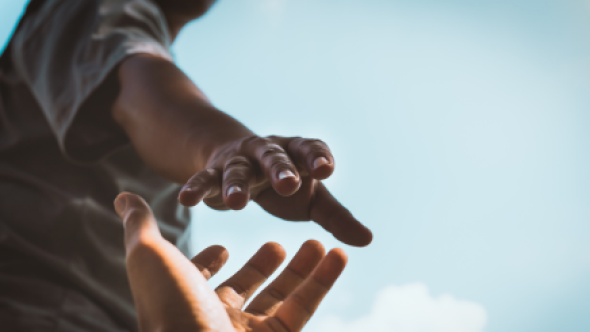Migration is a major factor in vulnerability. As part of a Local Integration Initiative (LII) project subsidized by the Walloon Region, UNamur provides French as a Foreign Language (FLE) courses and intercultural workshops. Three questions to Leila Derrouich, coordinator of the ILI project.
Omalius: What is the aim of the FLE courses?
Leila Derrouich: To access higher education, young people arriving in Belgium need at least a B2 level. FLE courses are designed to help them achieve this. But at UNamur, we have the particularity of going up to level C1, i.e. the level just before the "native" level. When students reach this level, it gives them real self-confidence. In particular, we offer a course in academic French or FOU (Français sur objectif universitaire). This teaches them to acquire academic skills: how to write a synthesis, a scientific poster, an oral presentation... Alternatively, students can enroll as free auditors and learn the FOS (French for Specific Purposes) of their subject at the same time. Grammar is then no longer an objective, but a means to an end.
O. : How does the intercultural approach translate?
L.D. : In the courses, the emphasis is on the cultural codes of the campus. In French classes, we also tackle topical issues such as global warming. The learner is seen as a social player: he or she is encouraged to put forward his or her native culture. Using the French language - which we don't necessarily master - to talk about something we know well is a source of valorization.
O. : Since 2015 and the introduction of FLE courses, what results have you seen?
L.D. : We now have an Iraqi woman on a master's degree in pharmaceutical sciences, a Syrian man who has become an intensive care nurse on a permanent contract and played an important role during the Covid crisis, two Albanian women who are themselves going to become FLE trainers, an Afghan man who has become a socio-legal interpreter, three audiovisual directors.... We have many, many success stories.

